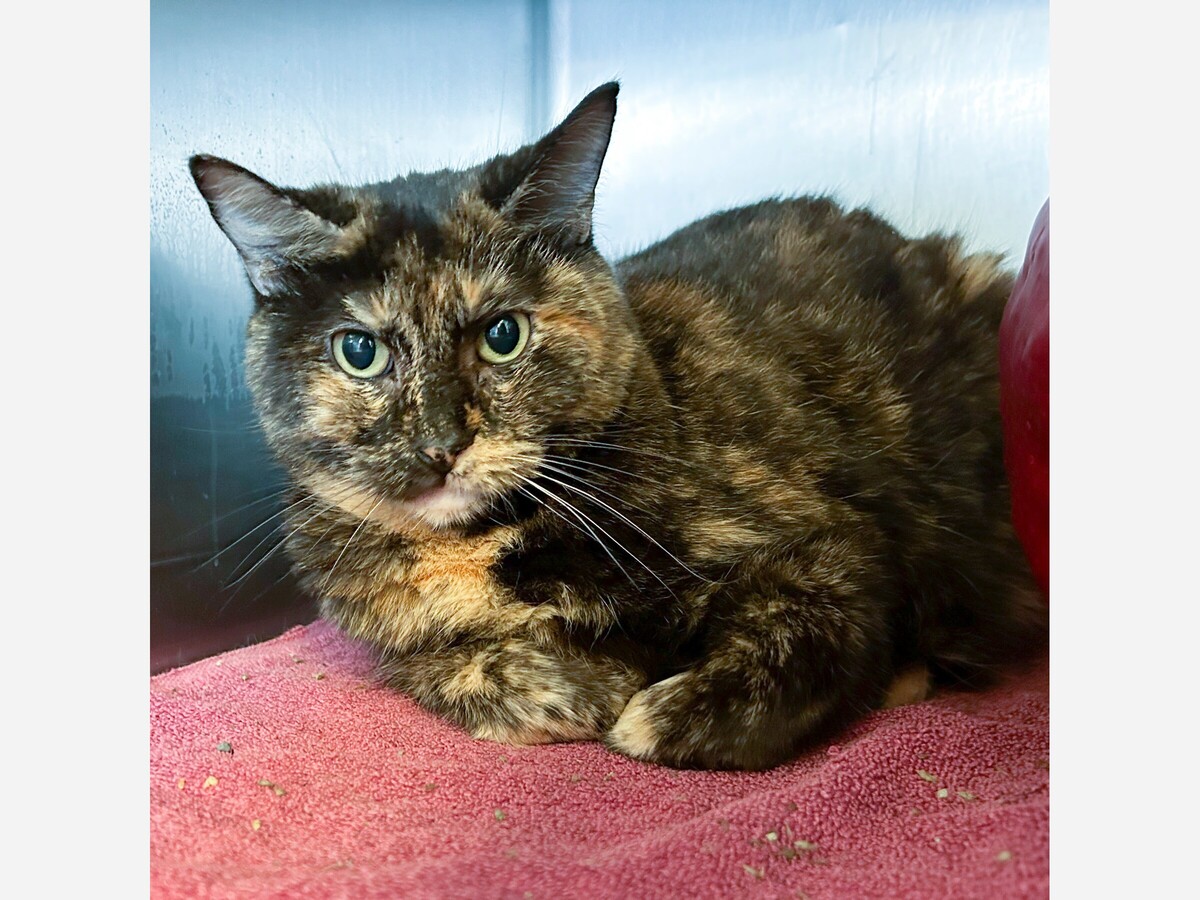Image


By Edward Schettino
Recently, the Animal Rescue League of Boston (ARL) took in more than 75 cats from several homes that were overcrowded with pets. While situations like this may be surprising to some, homes overcrowded with pets are more common than you think. In fact, ARL sees numerous overcrowding situations annually, three already in 2023.
Pets are family and give us so much, and for some, having just one pet isn’t enough. But for a variety of reasons, sometimes the love for animals can become overwhelming and lead to having too many animals in the home.
There are a number of concerns regarding pet overcrowding, which have impacts on not only the animals involved, but also the caretakers.
A primary concern is cost. According to the national animal welfare organization the American Society for the Prevention of Cruelty to Animals (ASPCA), the average cost of owning just one pet ranges from $700-1,000 annually. Multiply that by 10-fold or more, and the cost of providing care for a large number of animals can quickly become out of reach for many pet owners, and may lead to scaling back on food and basic necessities.
Potential health issues are also something to consider. A large number of animals in the home can present a multitude of health hazards, both for animals and people. Maintaining a sanitary environment for a large number of animals is a daunting task, and the presence of animal waste reduces air quality and introduces the risk of illness, some of which can be passed from animals to humans.
Additionally, ensuring that every animal in the home is receiving proper nutrition, grooming, veterinary care, and socialization is also difficult. In overcrowding situations, often times we see animals, primarily cats, that are shy, fearful, and need extensive and sometimes long-term care to become more comfortable in a home setting.
Overcrowding also raises the issue of the importance of spay and neuter. The population of animals in a home can multiply rapidly when the animals are kept intact, which can make a situation more difficult. If you are caring for a large number of animals in the home, spaying and neutering them will eliminate unwanted litters.
Overcrowding is not an uncommon occurrence and it’s important to know that there are resources available. More often than not, caretakers in these situations start out with the best of intentions, and simply let the situation evolve over time.
If you or someone you know is dealing with pet overcrowding, reach out to local animal control, or an organization like ARL for assistance. When assisting an overwhelmed caretaker, organizations like ARL care for both the animals and people involved. Whether it’s providing spay and neuter services, or removing some or all pets from the home, the goal is to ensure that the animals receive the care they need, and that the caretaker returns to a manageable number of pets in the home.
For more information on overcrowding or available services, please visit arlboston.org.
Thanks to Dr. Edward Schettino for contributing this article to Westwood Minute. Dr. Schettino is the President and CEO of the Animal Rescue League of Boston, and has a Doctorate of Veterinary Medicine from the Cummings School of Veterinary Medicine at Tufts University.